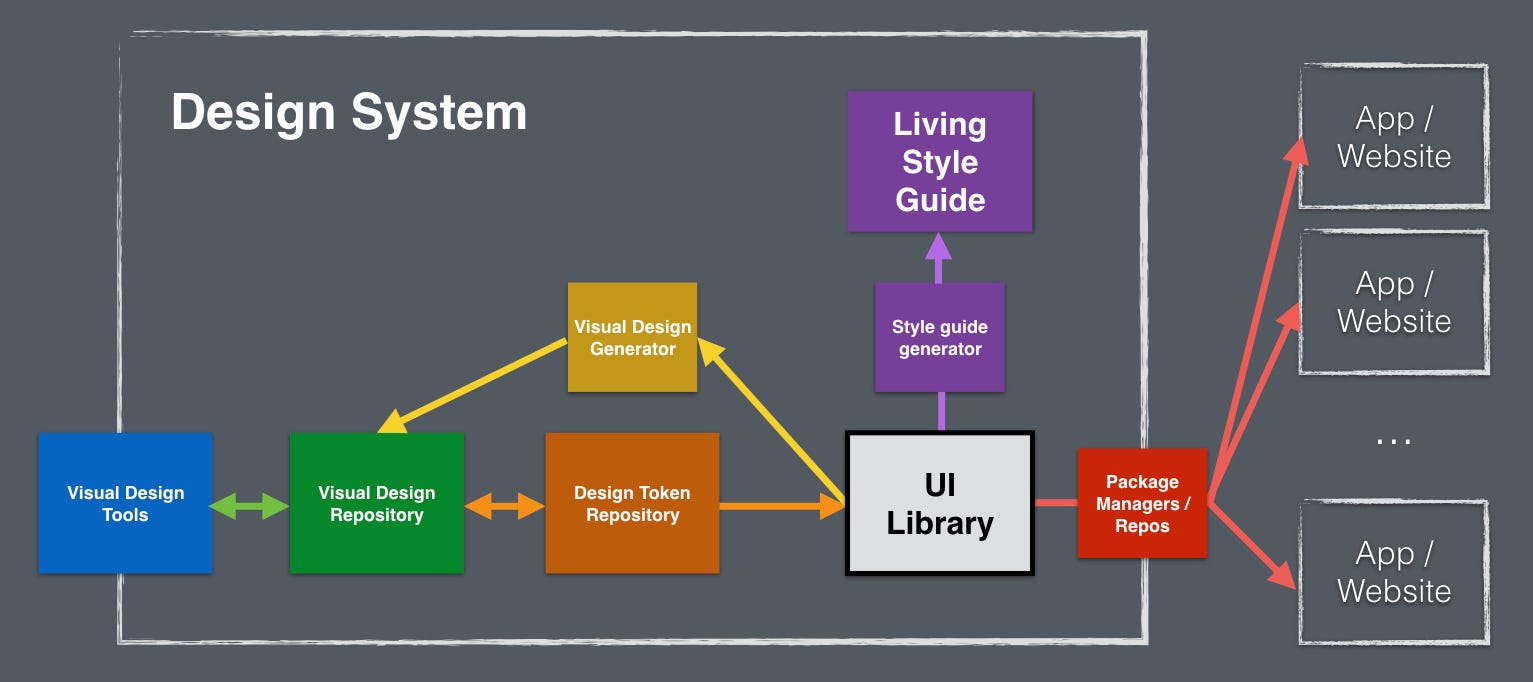what is System Architecture??
 jeeva B
jeeva B
Monolithic Architecture: Entire application built as a single unit. Simple but can become complex and hard to scale.
- An e-commerce website where the frontend, backend, and database are all combined into a single codebase. Scaling such an application can be challenging as the entire application needs to be scaled together.
Microservices Architecture: Application divided into smaller, loosely coupled services. Offers scalability and flexibility but requires careful management.
- Netflix is a classic example of microservices architecture. Each microservice handles a specific task, such as user authentication, recommendation engine, billing, etc. This allows Netflix to scale and update each component independently.
Serverless Architecture: Cloud provider manages infrastructure dynamically. Reduces operational overhead but has execution constraints and potential vendor lock-in.
- An example of serverless architecture is an IoT (Internet of Things) application that processes sensor data. Functions are triggered by incoming data streams, and the cloud provider automatically scales the resources based on demand, ensuring cost-effectiveness and scalability.
Choosing the right architecture depends on factors like requirements, constraints, scalability needs, complexity, operational overhead, technology stack, and risk tolerance. There's no one-size-fits-all solution, and the architecture may evolve over time.
Monolithic Architecture:
Description: In a monolithic architecture, the entire application is built as a single, self-contained unit. All components of the application are interconnected and deployed together.
Pros:
Simple to develop and deploy.
Easier to debug and test locally.
Performance can be optimized as all components are tightly integrated.
Cons:
Scaling can be challenging as the entire application needs to be scaled.
Can become complex and difficult to maintain as the application grows.
Deployment and updates may require downtime.
2. Microservices Architecture:
Description: In a microservices architecture, the application is divided into smaller, loosely coupled services, each responsible for a specific business function. These services communicate through APIs.
Pros:
Scalability: Each service can be independently scaled based on demand.
Flexibility: Easier to adopt new technologies and update individual services.
Fault isolation: A failure in one service does not necessarily affect the entire system.
Cons:
Increased complexity in terms of deployment, monitoring, and debugging.
Requires careful management of inter-service communication.
Overhead of managing multiple services and their dependencies.
3. Serverless Architecture:
Description: In a serverless architecture, the cloud provider dynamically manages the allocation of machine resources. Developers write code in the form of functions that are triggered by events and executed in ephemeral containers.
Pros:
No need to manage server infrastructure, leading to reduced operational overhead.
Cost-effective: You only pay for the resources used during function execution.
Auto-scaling: Functions automatically scale based on incoming requests.
Cons:
Limited execution time and resource constraints for individual functions.
Vendor lock-in: Function code may be tightly coupled with the cloud provider's services.
Debugging and monitoring can be challenging in a serverless environment.
Choosing the Right Architecture:
When choosing the right architecture for a system, consider the following factors:
Requirements: Understand the functional and non-functional requirements of the application, such as scalability, performance, reliability, and development speed.
Constraints: Take into account constraints such as budget, team expertise, time-to-market, and existing infrastructure.
Scalability: Consider how the architecture will support future growth and scaling requirements. For example, microservices architecture is often preferred for highly scalable applications.
Complexity: Evaluate the trade-offs between simplicity and flexibility. Choose an architecture that strikes the right balance based on the complexity of the application and the capabilities of the development team.
Operational Overhead: Consider the operational overhead involved in managing and maintaining the architecture. For example, serverless architecture reduces operational overhead but may introduce complexity in managing functions and their dependencies.
Technology Stack: Assess whether the chosen architecture aligns with the technology stack and tools preferred by the development team.
Risk Tolerance: Evaluate the risks associated with each architecture, such as vendor lock-in in the case of serverless architecture or potential performance bottlenecks in a monolithic architecture.
Subscribe to my newsletter
Read articles from jeeva B directly inside your inbox. Subscribe to the newsletter, and don't miss out.
Written by

jeeva B
jeeva B
👋 Hey there! I'm Jeeva, a passionate DevOps and Cloud Engineer with a knack for simplifying complex infrastructures and optimizing workflows. With a strong foundation in Python and PySpark, I thrive on designing scalable solutions that leverage the power of the cloud. 🛠️ In my journey as a DevOps professional, I've honed my skills in automating deployment pipelines, orchestrating containerized environments, and ensuring robust security measures. Whether it's architecting cloud-native applications or fine-tuning infrastructure performance, I'm committed to driving efficiency and reliability at every step. 💻 When I'm not tinkering with code or diving into cloud platforms, you'll likely find me exploring the latest trends in technology, sharing insights on DevOps best practices, or diving deep into data analysis with PySpark. 📝 Join me on this exhilarating ride through the realms of DevOps, Cloud Engineering where we'll unravel the complexities of modern IT landscapes and empower ourselves with the tools to build a more resilient digital future. Connect with me on LinkedIn: https://www.linkedin.com/in/jeevabalakrishnan